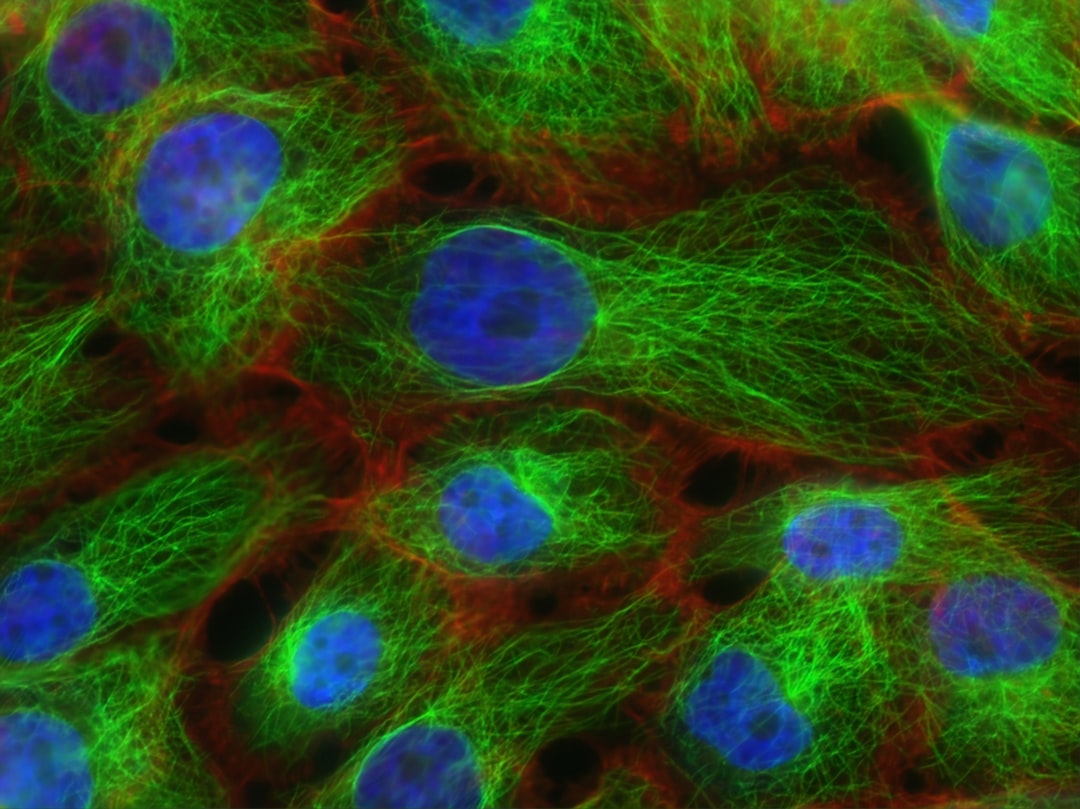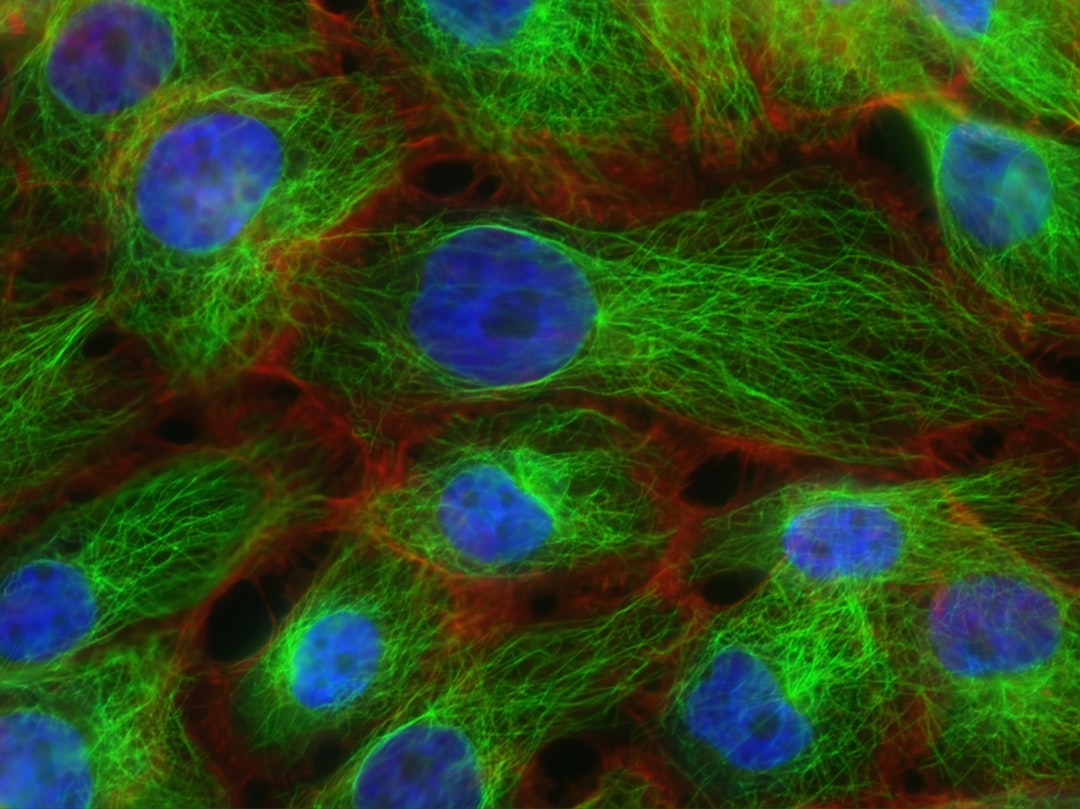What is it about?
Enhanced bioavailability of aceclofenac by fabricating nanocrystals using Precipitaion- Ultrasonication" method. Formulation were optimized, characterized followed by In vitro, In vivo, analgesic and toxicity studies were performed.
Featured Image
Why is it important?
Precipitation–ultrasonication approach was effectively used to fabricate stable AC-N (PS and PDI). At optimal conditions like concentration of stabilizers (PVP K30 1% w/w, HPMC 1% w/w and SLS 0.12% w/w), ultrasonic input 200 watts and processing time of 15 min at pause of 3 s, the batch size of 400 mL can be successfully scaled up which is the main issue associated with this technology.
Perspectives
The in vivo studies of the nanosuspension demonstrated that the Cmaxwere 4.98- and 2.80-fold while area under curve from time of administration to 24 h (AUC0→24 h) were found 3.88- and 2.10-fold greater when compared with unprocessed drug and its marketed formulation, respectively. The improved antinociceptive activity of AC nanocrystals was shown at much lower doses as compared to unprocessed drug, which is purely because of nanonization which may be attributed to improved solubility and dissolution rate of AC, ultimately resulting in its faster rate of absorption.
Dr Haroon Rahim
Sarhad University of Science and Information Technology Peshawar, khyber Pakhtunkhwa, Pakistan
Read the Original
This page is a summary of: Aceclofenac nanocrystals with enhanced in vitro, in vivo performance: formulation optimization, characterization, analgesic and acute toxicity studies, Drug Design Development and Therapy, August 2017, Dove Medical Press,
DOI: 10.2147/dddt.s140626.
You can read the full text:
Contributors
The following have contributed to this page










